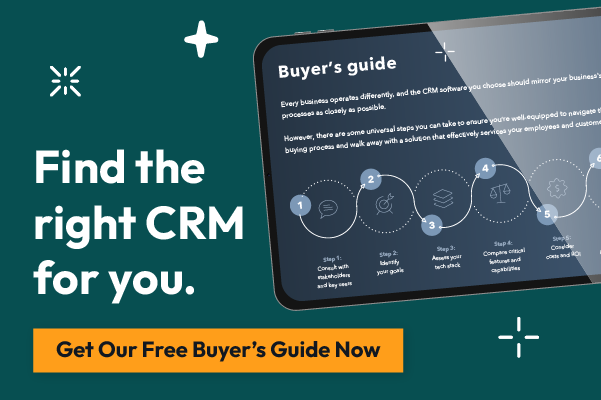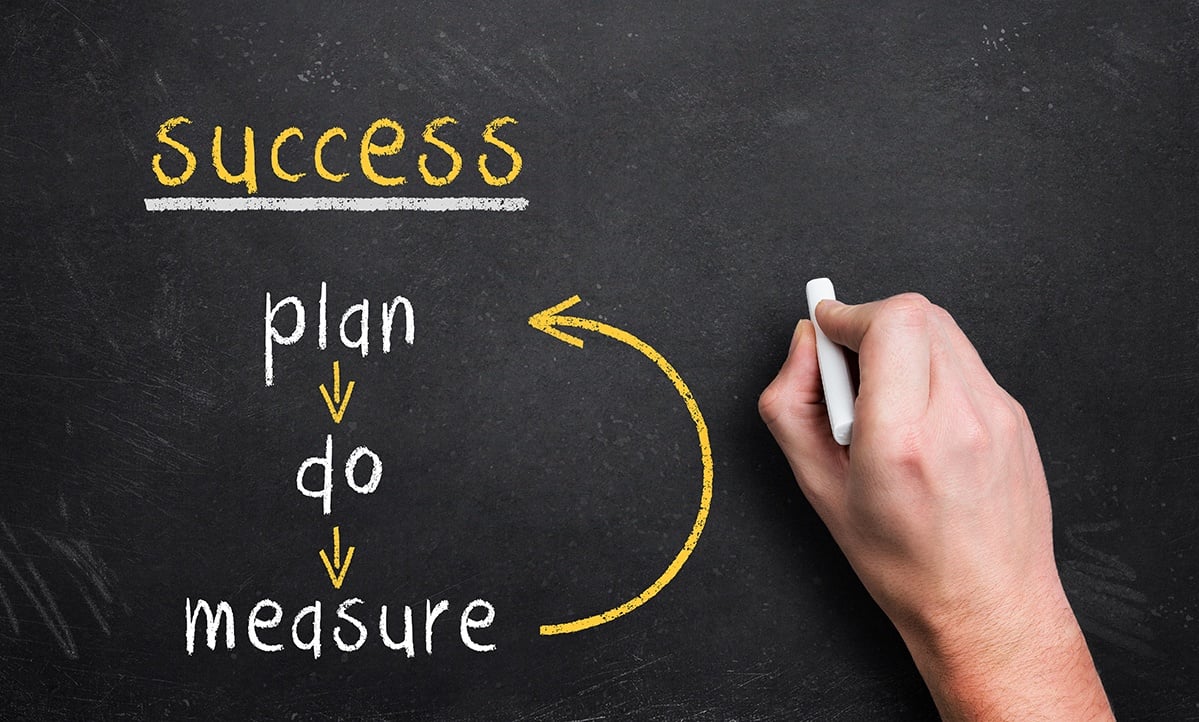Everyone wants their nonprofit events to be successful. How you measure this success, though, depends on your goals.
Before you even start event planning, it's essential to create goals for the event. Once you've established those goals, you can keep track of data accurately and gauge your results. While these results will help you understand how your past events have performed, they'll also go a long way toward providing insight on how to better market your next event.
In this post, we're going to provide you with a series of metrics you can use to measure the success of your events, as well as a few of our favorite tools. Let's dive in:
Metrics to Measure for Your Goals
No matter what your goals may be, it's essential to pay attention to metrics. Metrics tell you how well you're doing, how close you are to meeting your goal, or how much you're missing it by.
In this segment, we divided the metrics up by specific goals. However, keep in mind that it's okay to have more than one goal for any given campaign!
1. Your Goal: Raise Money for Cause
If your goal was to raise money, the metrics you should track are Donations Received and Cost-to-Revenue Ratio.
Do this by separating your revenue from the event and figure out the ROI (return on investment). Segment revenue from donations, ticket sales, merchandise, food, etc. This helps you pinpoint what went into donations and what was allocated elsewhere.
Luckily, calculating the ROI (return on investment) is simple. Just determine how much it cost to put the event together and how much revenue you made back. The difference will show how much money you made back for your cause!

2. Your Goal: Build Brand Awareness
If your event goal was to drive brand awareness, measure your success by monitoring the data on your social media accounts.
Pay attention to how many times people talked about your event on social media. How many likes or comments did the event posts receive? Measure mentions and engagement for best results.
3. Your Goal: Retain and Recruit Event Sponsors
If your goal is to retain your current event sponsors, you need to collect impressive ROI stats and share them.
You can encourage sponsors to continue participating by sharing your event attendance and social media impression data with them. Don’t forget to show them how their support made an impression on event attendees.
If your goal is to recruit new sponsors, analyze the results of your event attendee surveys.
Were they satisfied with your event? Would they contribute or volunteer in the future? If not, what can you do to improve the chances? If they liked your event and marked that they would be willing to contribute, then they are a likely candidate to become a sponsor in the future!
4. Your Goal: Gain Supporters
If your goal is to create new contacts at your event, then track how people provide their contact information to you.
Consider the following questions about your current contacts:
- How many people provided contact information at the event?
- Did you issue any prizes or awards for people who provided their contact information? If so - what?
Getting people to volunteer their contact information is all about incentivizing them accordingly. Figure this out, and you'll be able to create supporters for years to come.
5. Your Goal: Attract New Attendees
For future events, your goal may be to attract new attendees. Use the data of how your current event attendees showed up to determine what marketing efforts are working.
The best way to do this is to poll your current attendees. Here are some questions to consider:
- How did they hear about your event?
- Did social media make them convert?
- What social post or ad converted them?
- What type of ticket did they buy (early bird or regular)?
This information helps you target your efforts and drive more new customers at your next event.
6. Your Goal: Secure Returning Attendees
The trick here is to figure out why people came to your event in the first place and what you can do to keep them coming back.
If certain people are always returning to your events, you’ve likely gained a new supporter. For best results, keep track of people who attend your events, and look for patterns that exist. Do they come for networking? Do they come to donate? Your returning attendees can help build your ideal target audience for your organization.

Online Tools to Use to Measure Metrics
Now that you have event metrics to measure, how do you do it? Here are some tools to help you calculate your results:
Google Analytics
You can use Google Analytics to track your marketing efforts. The tool will help you understand how people got to your website or landing page. It can also tell you how long they stayed on your site, what pages they viewed, and so much more. It's a very powerful marketing tool that allows you to see what's working and what's not.
Want to become more familiar with Google Analytics in just 9 days?
Sign up below to have a short video texted to you every day to show you the power of Google Analytics:
HubSpot
When you create blogs, landing pages, social media posts, and emails through HubSpot, the tool allows you to track views, visit duration, and where visitors came from. You can also use HubSpot as your CMS, which allows it to supply similar information for your website.
Facebook Insights
How many impressions did your Facebook event and hashtag get for your event? Facebook's Insights tool can help you understand. Access it through the social site's dashboard.
MailChimp
MailChimp is an automated mail service that provides tracking and reports. These reports are ideal for obtaining revenue and email data.
SurveyMonkey
We always recommend conducting surveys the old-fashioned way with pen and paper at the event. Why? Because you’ll get better response levels. But, if you have to do post-event surveys, then use a survey tool like SurveyMonkey. It is free for most needs and allows you to collect substantial feedback and draw specific conclusions from the data.
SurveyMonkey lets you send unlimited surveys and provides pre-written survey templates to use. You can use your survey results to improve your nonprofit’s next event. Also consider incentivizing post event surveys with a gift card drawing!
The Importance of Accurately Measuring Your Metrics
It is essential to measure your metrics. When you learn to do it accurately, you'll be better-equipped to determine the success of your nonprofit events. What's more, you can take what you learned and apply it to future events to increase their success, as well. Setting goals and tracking your progress is essential for continuing growth and success.


